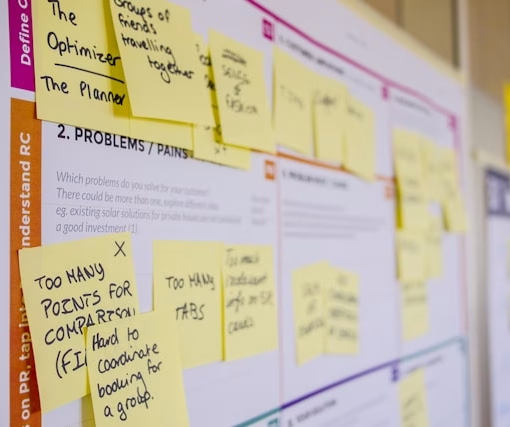You might think of a great strategist as a lone genius, dictating a vision from on high. But in reality, strategy should never be a solo performance. I see it as a harmonious blend of many voices working in concert.
An organization is not a monolithic entity; it is an orchestra of various people, departments, and perspectives. To craft a strategy that truly resonates, you must move beyond your own perspective and involve key players from the beginning. This isn’t just about gathering feedback or conducting interviews. It’s about co-creation and turning a static document into a living, breathing endeavor that everyone feels they have a stake in.
Building your strategic orchestra
The first step is building your strategic orchestra. This means looking beyond titles and organizational charts to find the individuals with passion for your organization’s vision, colleagues with specific expertise, and including diverse perspectives. Bringing together frontline employees, executives, and even external advisors creates a richer composition. When people feel included and heard, they are far more likely to embrace the final strategy, turning a potential not invented here resistance into a sense of shared ownership.
For example, imagine you need a new approach to attract talent. Instead of just the HR department crafting the strategy, they could add a senior engineer, a marketing specialist, and a recent graduate hire. This goal of this diverse group is to identify issues and opportunities that go beyond the obvious. The engineer could provide insights into what the work is actually like and how it differs from the same job at another company, the marketer could explain how the message will be perceived externally and ensure a clear connection with your brand, and the recent graduate could offer a fresh perspective on what is important to the new generation of employees.
The strategist is a conductor
The strategist’s job is not to be the composer who writes every note, but a conductor who guides the orchestra. A great conductor listens to the unique sound of each section and ensures they play in harmony to bring the music to life. This approach empowers the entire team to contribute their best.

Tips for your project
- Foster an open dialogue. Creating a safe space where people can share ideas without fear of judgment.
- Translate ideas. Taking complex or technical ideas from different departments and making them understandable to everyone.
- Build consensus. Guiding the group toward a shared vision, even when they start from different places.
Remember, a strategy without collective commitment is like an orchestra without instruments. If you’re ready to embrace the power of co-creation and build a strategy that everyone in your organization feels a part of, let’s talk.




